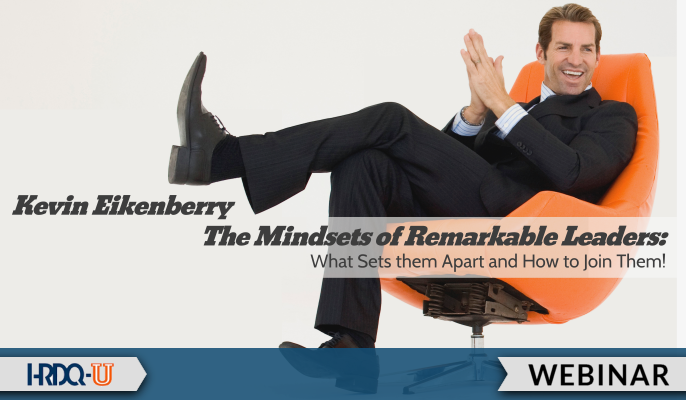What Does a Learning Mindset Look Like?
Asking Curious Questions
The most proficient learners are little kids. And one thing is true of all kids – they are curious. They ask questions incessantly, wanting to learn and understand what is going on around them, how things work, and everything else! Likewise, adults with a learning mindset are curious, and like in kids, curiosity shows up in questions.
When adults and leaders allow their egos to be defined by what they know, they sometimes try to defend what they know and prove what they know rather than growing that knowledge base. The more curious questions people ask to understand, inquire, and learn, the more likely they have a learning mindset.
Reflecting
One of the most powerful ways to learn is by reflecting on past events to determine both what worked (to repeat) and what didn’t (so you can change it). While those with a learning mindset are likely doing this personally, this can’t always be seen. But what can always be observed is when people use the power of reflection in groups.
The opportunities for group reflection occur almost every day. Groups can reflect on progress, success, and failure. They can reflect on the process of a meeting or the outcomes of a project. Those with a learning mindset take the time to ask reflective questions of a group to gain knowledge and improvement.
Seeking and Being Open to Feedback
Feedback helps us see what we sometimes can’t see ourselves. While getting an outside perspective can always help us learn, as a leader, this perspective is critical. A leader’s work and success are tied to their ability to communicate with, influence, and direct others. When they don’t understand how they are impacting others, their ability to succeed is diminished.
Asking for feedback and listening to it carefully is a clear sign of a learning mindset – it shows both a willingness to learn and the vulnerability that is required for that learning to occur.
Searching for Ideas and Information
You’ve likely read that the best leaders are readers, and my experience in working with leaders over the last 30+ years proves that statement. If you are a reader, you likely have a learning mindset.
But there is more to a learning mindset than being a reader. Those with a learning mindset are actively seeking ideas and information in many ways, including:
- Reading
- Attending workshops and seminars
- Watching videos and webinars
- Learning online
- With others
- With mentors and coaches
In Summary: What a Learning Mindset Looks Like
My goal was to give you a picture of what a learning mindset looks like. These behaviors are solid clues. If you desire to have a stronger learning mindset and to be learning more, these behaviors are a good place to start. And as a leader, if you want to influence others to have a stronger learning mindset, these behaviors will set a good example.
















